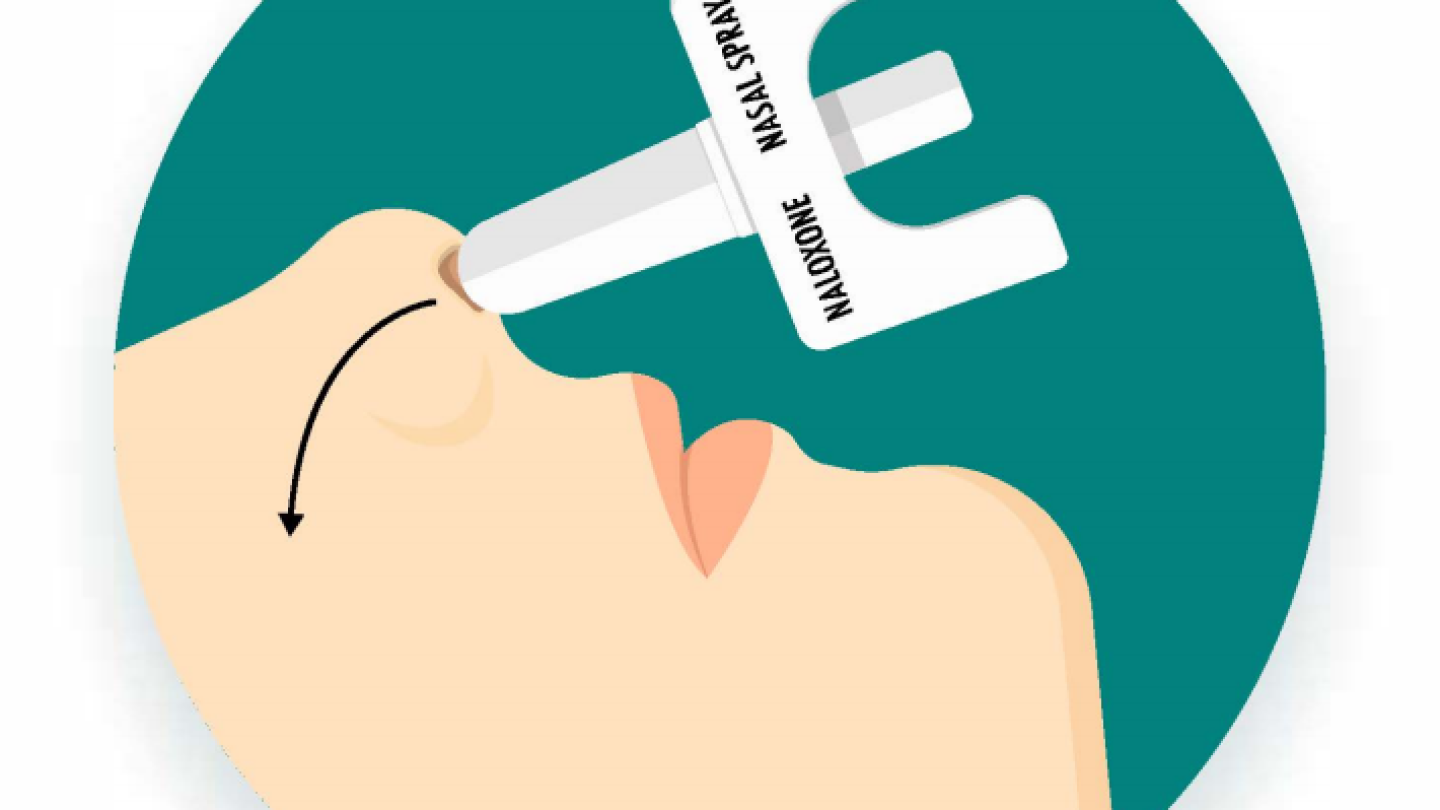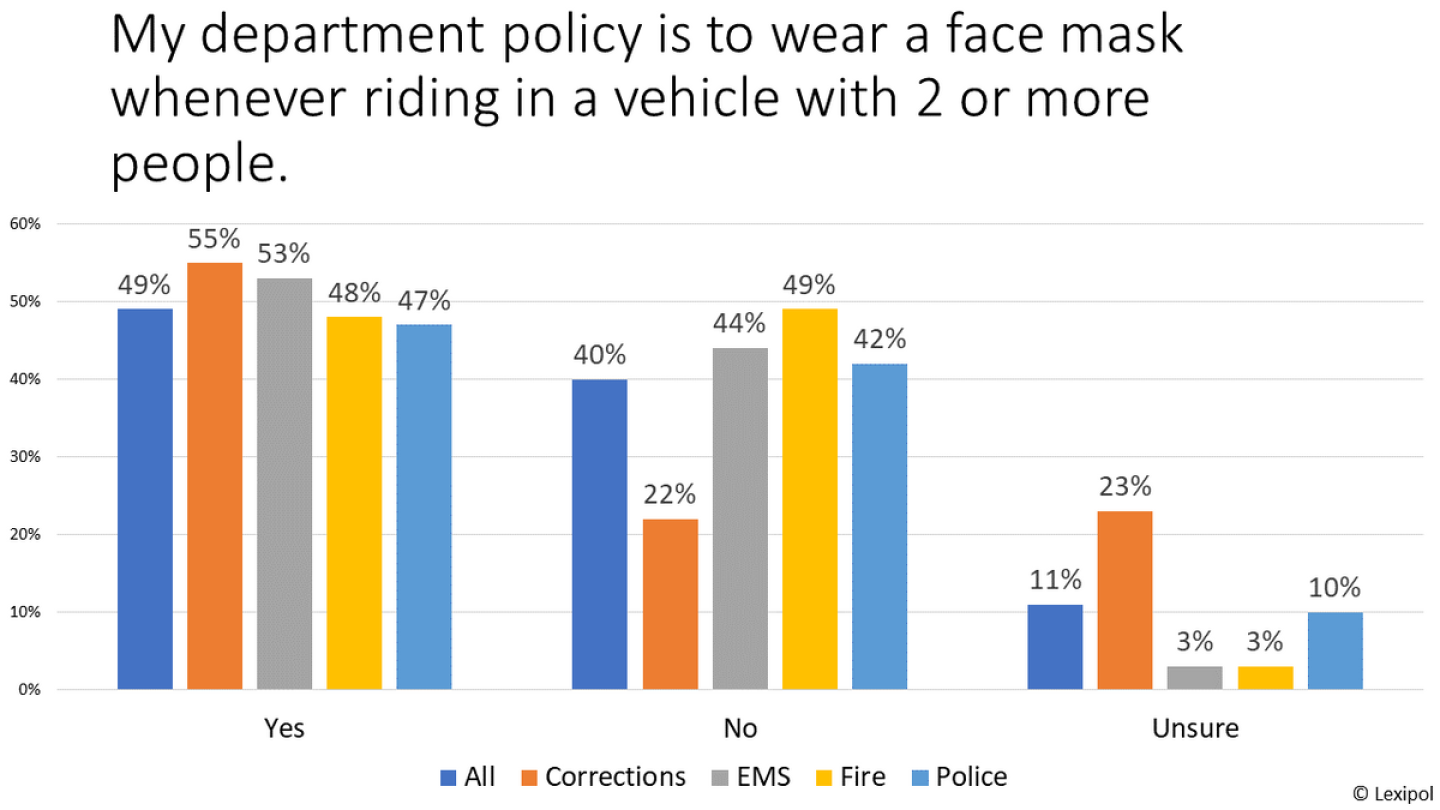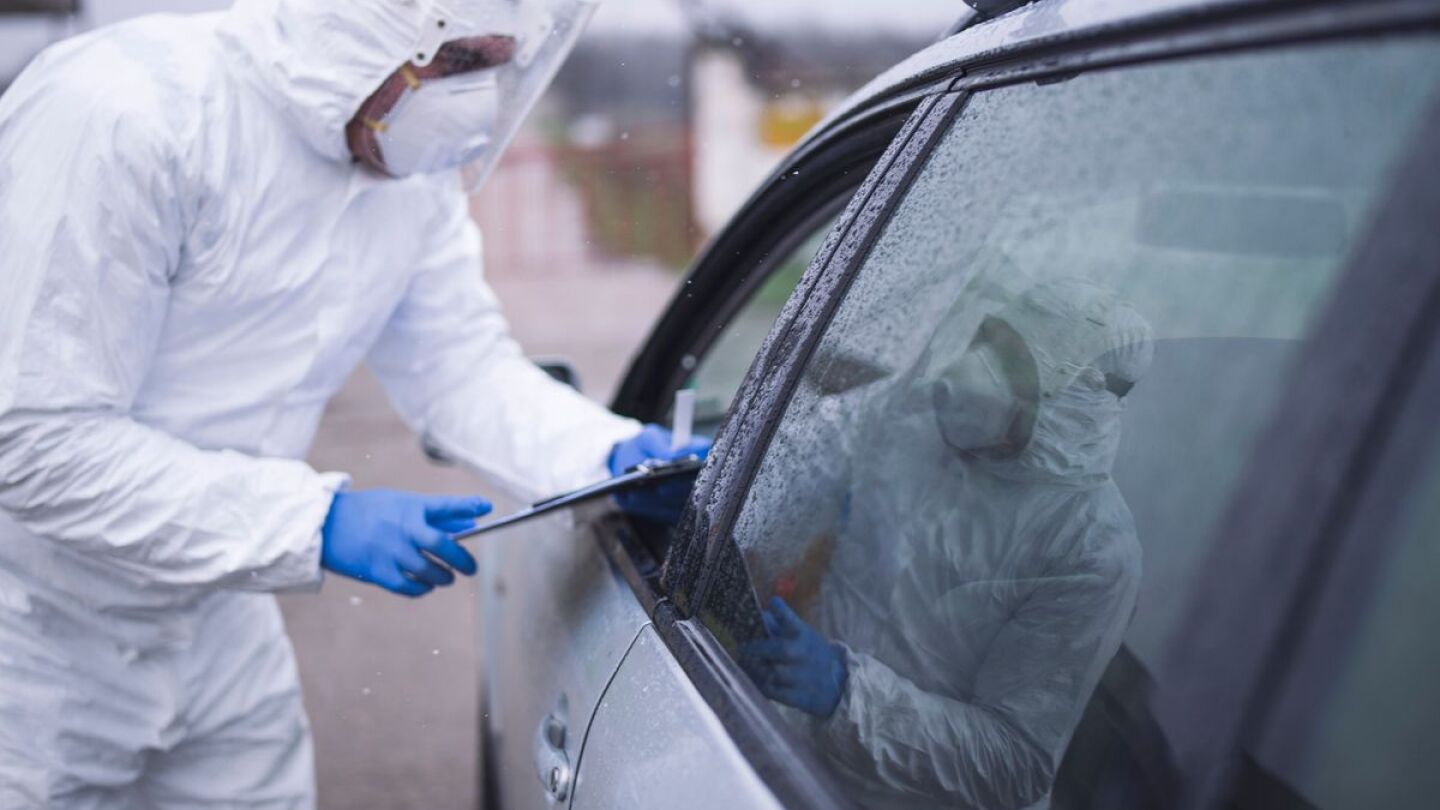EMS Protocols
The EMS protocols topic section includes recent news and articles about proper EMS protocols.
Identifying and treating tension pneumothorax, a life-threatening condition that can occur with chest trauma
Capnography and ETCO2 monitoring are critical for assessing ventilation, confirming airway placement and guiding resuscitation
Becoming a paramedic is the highest level of prehospital care and requires much more advanced training than becoming an EMT
Ohio Senate Bill 302 aims to ensure stroke patients are always transported to a hospital that is equipped to treat their condition
The U.S. Department of Health and Human Services said naloxone can be safely administered by first responders with proper PPE and other safety measures
Officials said the incident is under investigation to determine appropriate disciplinary actions
The Aurora City Council voted unanimously to temporarily ban paramedics from using ketamine to sedate patients pending a review of the practice
An attorney for the Tennessee paramedic accused of hitting and kicking an overdose patient said the paramedic was trying to revive him
The new rule also requires EMS providers to maintain a distance of six feet from any member of the public who is not a patient
Police said paramedics failed to properly assess the patient and should not have let her go to the hospital in a police car
The technology company will support the NEMSQA’s efforts to develop, test and validate quality measures for EMS
Aurora Councilmember Curtis Gardner is planning to propose a ban lasting 30 days after the investigation into Elijah McClain’s death is completed
A just culture and a basic internal investigation framework can help leaders prevent and address misconduct
A new video shows how to properly don PPE, plus fact sheets cover face mask do’s and don’ts and how to wear a respirator
3 takeaways from our recent survey on on- and off-duty public safety mask policies and usage
New Bedford EMS officials say strict PPE and infection control protocols have paid off in limiting its providers’ exposure to COVID-19
Six takeaways from the USFA, NHTSA best practices to protect fire and EMS providers responding to incidents of civil unrest
Columbia police and MU Health Care will review whether protocols were followed after paramedics stayed back due to safety concerns
An East Hills Ambulance official said the employees broke protocol by removing their masks while on duty
Officials said a vehicle carrying one of the victims was “driving erratically” with someone riding on top, leading the crew to perceive the car “as a threat”
Colorado’s public health department is conducting an investigation on the use of ketamine to sedate a man during a police altercation
EMS providers have a key role in initial emergency care for pediatric patients with sepsis
The suit alleges a man died after paramedics failed to treat or transport him
Hennepin Healthcare EMS Chief Marty Scheerer said he believes paramedics did everything right but may not have initially known the severity of Floyd’s condition
New South Wales Ambulance has reportedly instructed its crews to avoid procedures that put them at risk of COVID-19 exposure
The kit helps agencies navigate the complexities of returning to full operations and prepare for other significant events during the pandemic
The temporary change is expected to help fill staffing shortages at the facilities
The state department of health had issued instructions last week to not attempt to resuscitate cardiac arrest patients who don’t have a pulse
The Santa Fe Fire Department has adjusted its protocols in an effort to keep its personnel safe during the COVID-19 crisis
The guidelines cover actions both employees and employers in essential industries, such as public safety, should take
The department previously instructed EMS providers to only wear N95 masks during aerosol-generating procedures
NAEMSP, King County leaders advise on scouting potential novel coronavirus calls, PPE use and when to transport COVID-19 patients
EMS providers will be ordered to wait five minutes after reviving a patient to see if their heart stops again before transporting them




























